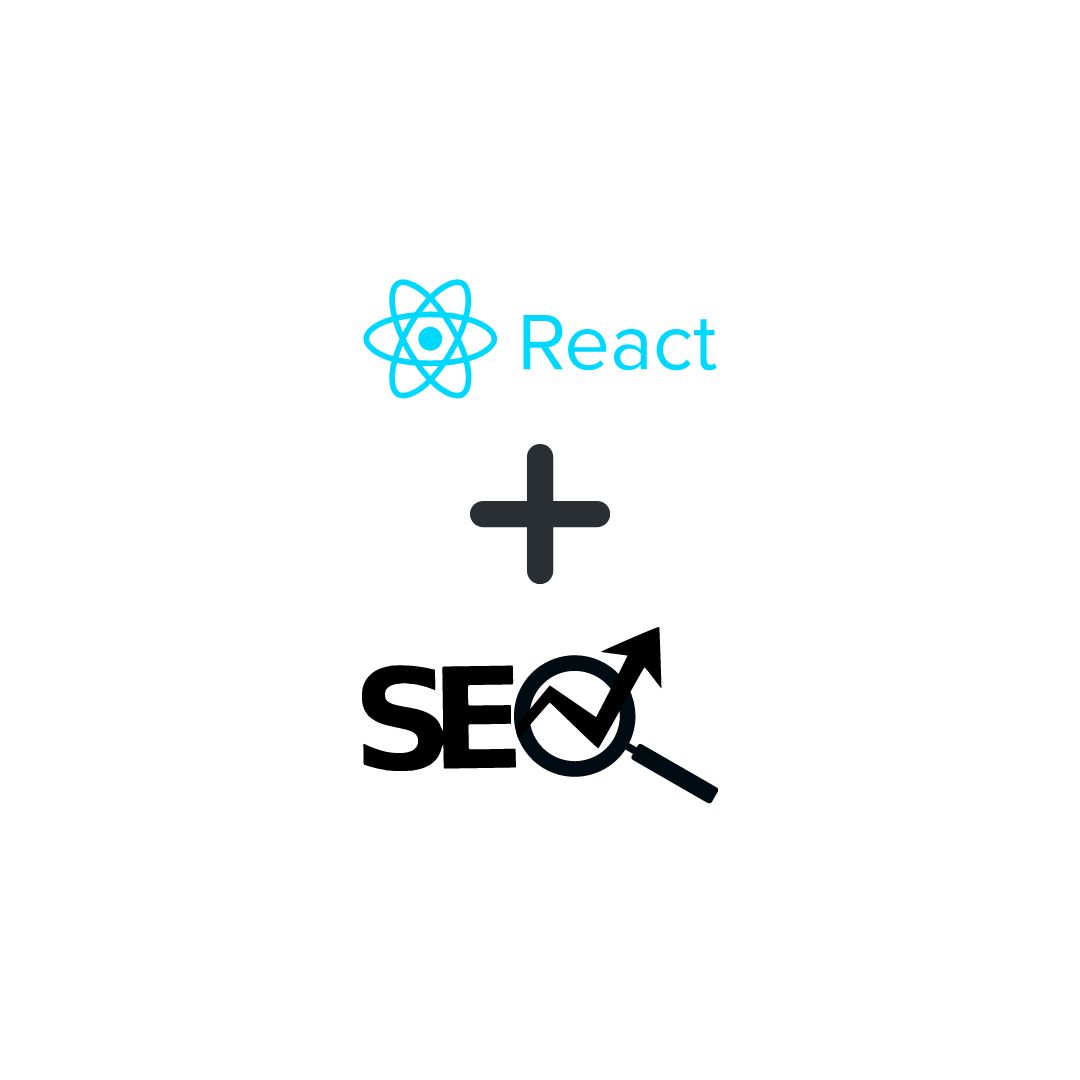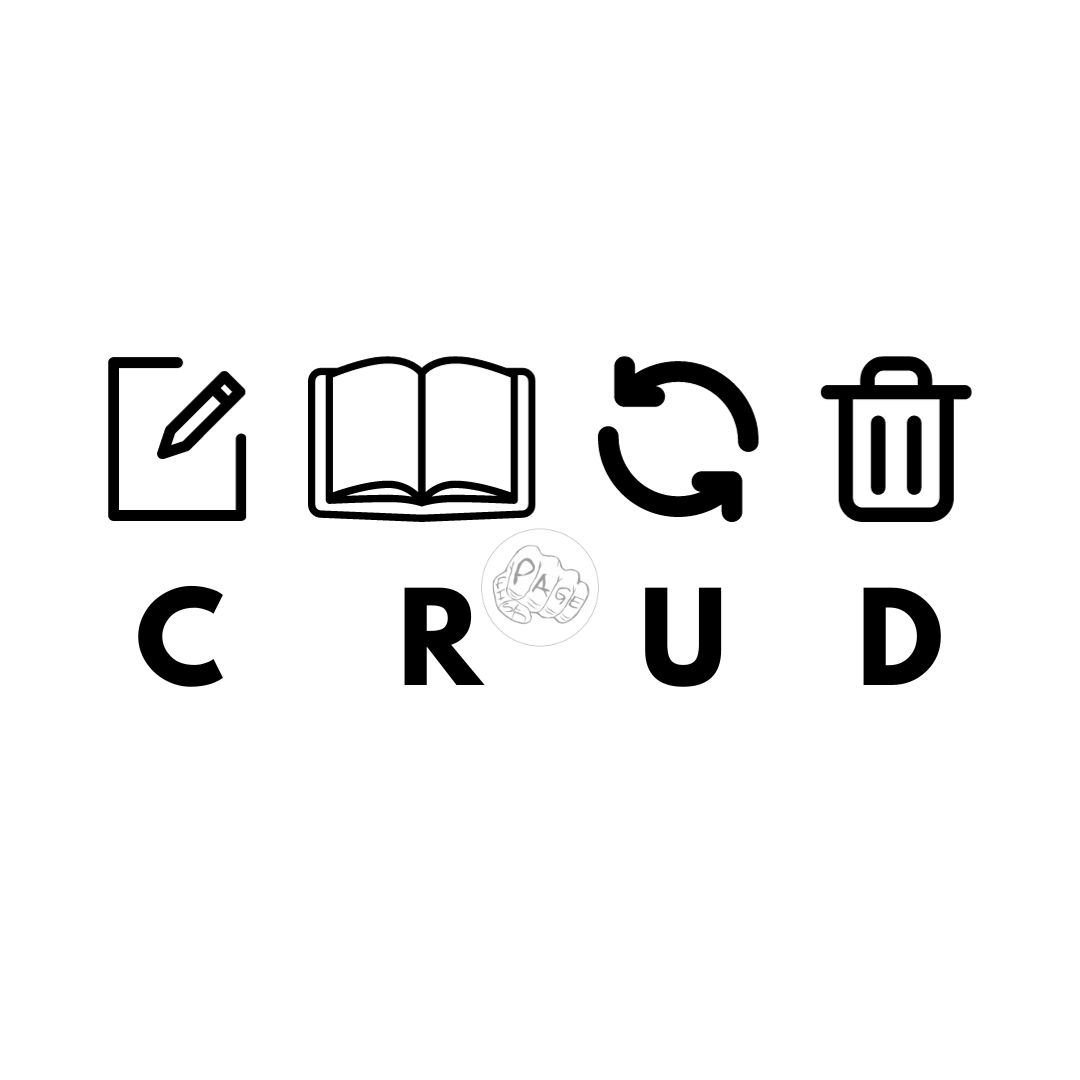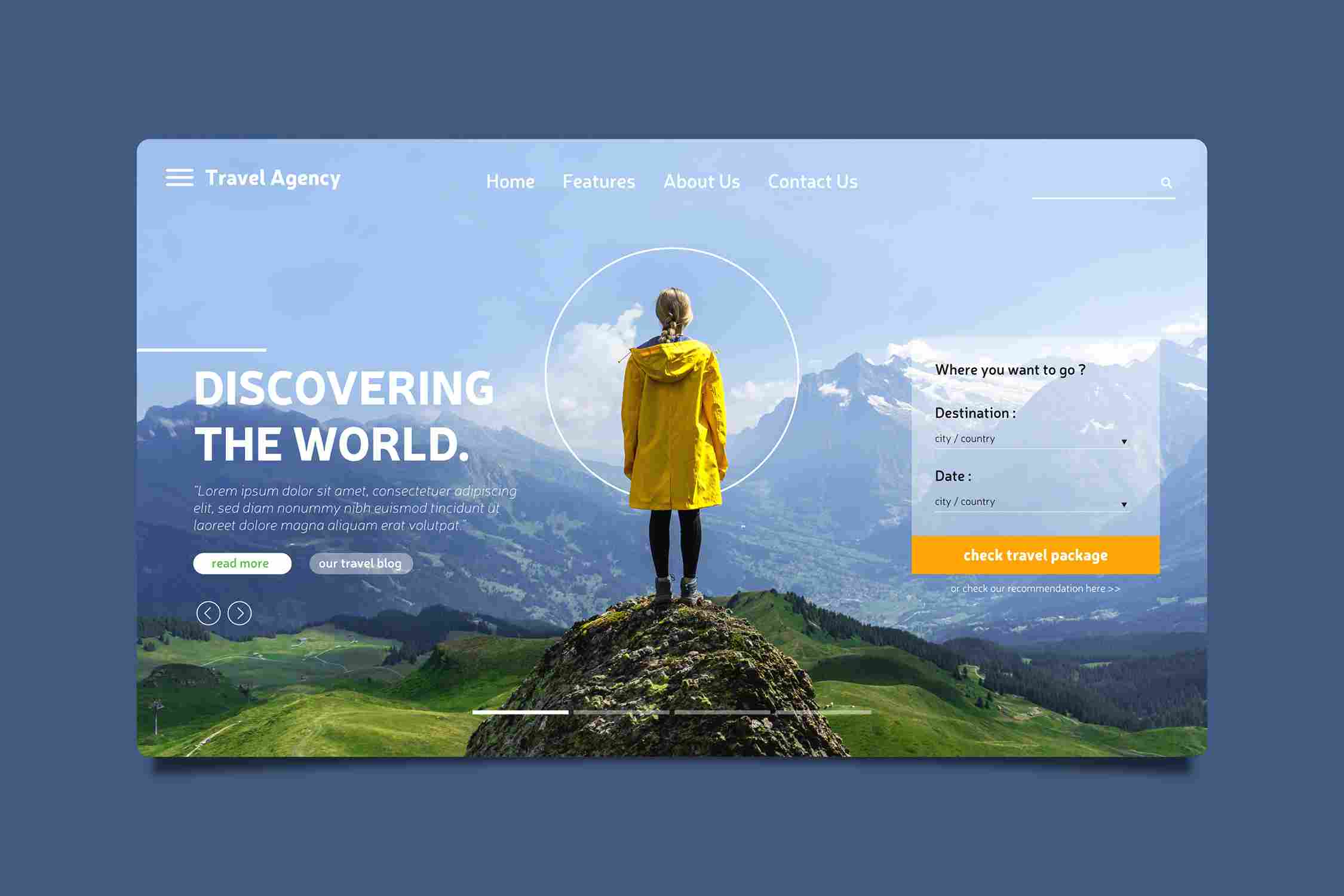SEO With React: Best Practices and Strategies
In the fast-evolving world of web development, creating a stunning and user-friendly website is essential. However, in order to truly succeed in the digital realm, your website needs to be discoverable by search engines. This is where SEO (Search Engine Optimization) comes into play. When it comes to websites built with React, a popular JavaScript library for building dynamic user interfaces, there are specific challenges and strategies to consider. In this article, we'll dive into the world of SEO with React and explore the best practices to ensure your React-based website ranks high in search engine results.
Understanding the SEO Challenge with React
React is renowned for its ability to create interactive and dynamic web applications. However, its heavy reliance on JavaScript can pose challenges for traditional search engines. Search engine crawlers often struggle to process JavaScript-heavy content, potentially leading to indexing and ranking issues. It's essential to understand this challenge to effectively address it.
Best Practices for SEO with React
1. Prioritize Server-Side Rendering (SSR)
Implementing SSR is a powerful strategy to improve SEO for React websites. SSR allows search engines to crawl and index your content effectively, as it pre-renders pages on the server before sending them to the browser. This ensures that the content is readily available for search engines to analyze.
2. Optimize Meta Tags and Descriptions
Craft compelling meta titles and descriptions for each page of your React site. These elements provide concise information about your content to search engines and users. Utilize relevant keywords and ensure the information accurately represents the page's content.
3. Leverage Schema Markup
Schema markup enhances search results by providing additional context to search engines. Implement structured data using JSON-LD format to highlight key information, such as reviews, ratings, and event details. This can lead to rich search results and improved click-through rates.
4. Focus on Site Speed
Site speed is a crucial factor for both user experience and SEO. Compress images, minify code, and implement caching to improve loading times. React's virtual DOM can help enhance performance, but it's important to optimize other aspects of your site as well.
5. Create SEO-Friendly URLs
Craft clean and descriptive URLs that reflect the content of your pages. Utilize React Router to manage routing effectively. Avoid using irrelevant parameters in your URLs, as they can confuse both users and search engines.
6. Develop High-Quality Content
Content remains king in the world of SEO. Create valuable and informative content that resonates with your target audience. Address user queries, solve problems, and offer unique insights. High-quality content naturally attracts backlinks and engages users.
7. Mobile Responsiveness is Key
With mobile-first indexing, Google prioritizes mobile versions of websites for indexing and ranking. Ensure your React site is responsive and performs well on various devices. Test your site using Google's Mobile-Friendly Test tool.
Conclusion
Mastering SEO with React requires a strategic approach. By implementing server-side rendering, optimizing meta tags, leveraging schema markup, focusing on site speed, creating SEO-friendly URLs, developing high-quality content, and prioritizing mobile responsiveness, you can overcome the challenges posed by React's dynamic nature. Remember that SEO is an ongoing process, so stay informed about industry trends and algorithm updates to maintain your website's visibility and success in search engine rankings.
By following these best practices and strategies, you'll be well-equipped to optimize your React-based website for search engines and provide a seamless experience for your users. Happy optimizing!
I hope this blog post meets your requirements and provides valuable insights into SEO best practices for React-based websites. If you have any further questions or need additional information, feel free to ask!
Share This Post
Related Articles
How to Achieve Cost-Effective Web Development for Small Businesses
Discover strategies and tips for small businesses to create an impactful online presence without breaking the bank. Learn how to make the most of your budget while ensuring an effective and user-friendly website.
What Are Different Types of Web Developer?
Web developers are professionals who create websites and web applications using various technologies and tools.
What Is CRUD? Create, Read, Update, and Delete
Explore the enchanting world of CRUD operations – CREATE, READ, UPDATE, and DELETE – as we delve into the art of software mastery. Uncover the secrets to crafting, navigating, refining, and pruning data with precision. This developer's guide will elevate your coding prowess and orchestrate a symphony of efficiency in your applications.
What is the Landing Page?
A landing page is a web page that is designed to capture the attention of visitors and persuade them to take a specific action, such as signing up for a newsletter, downloading a free ebook, or buying a product. Landing pages are usually focused on a single goal and have minimal distractions, such as navigation menus or links to other pages. Landing pages are often used in online marketing campaigns to increase conversions and generate leads.
What is the difference between HTML and XHTML?
HTML and XHTML are both markup languages that are used to create web pages. HTML stands for HyperText Markup Language, while XHTML stands for eXtensible HyperText Markup Language. The main difference between HTML and XHTML is that XHTML follows the rules of XML, which is a more strict and well-formed syntax than HTML.
Related FAQ
No related FAQ.
Say Hello
To Your Dream





